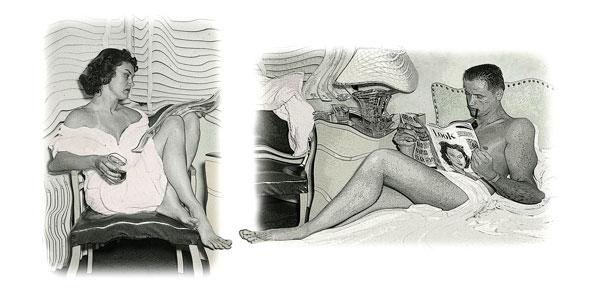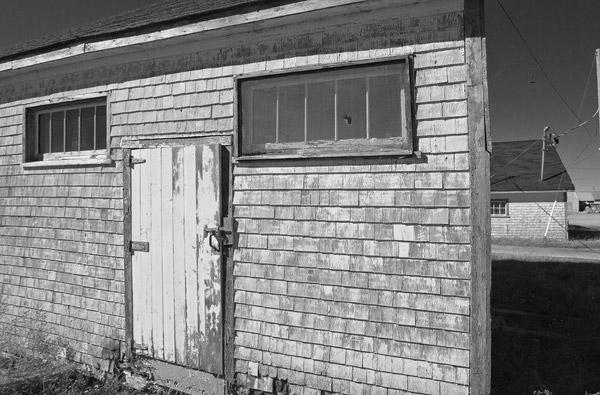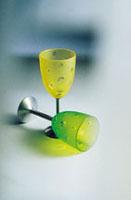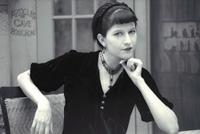Pro Techniques
Sort By: Post DateTitle Publish Date
|
Jul 01, 1999 |
|
Dec 04, 2013 |
First Published: Oct 01, 2013 |
|
Mar 20, 2015 |
|
May 01, 1999 |
|
Apr 01, 2008 |
|
May 22, 2012 |
First Published: Apr 01, 2012 |
|
Sep 06, 2013 |
First Published: Aug 01, 2013 |
|
Jul 01, 2008 |
|
Mar 01, 2008 |
|
Jan 24, 2014 |
First Published: Dec 01, 2013 |
















